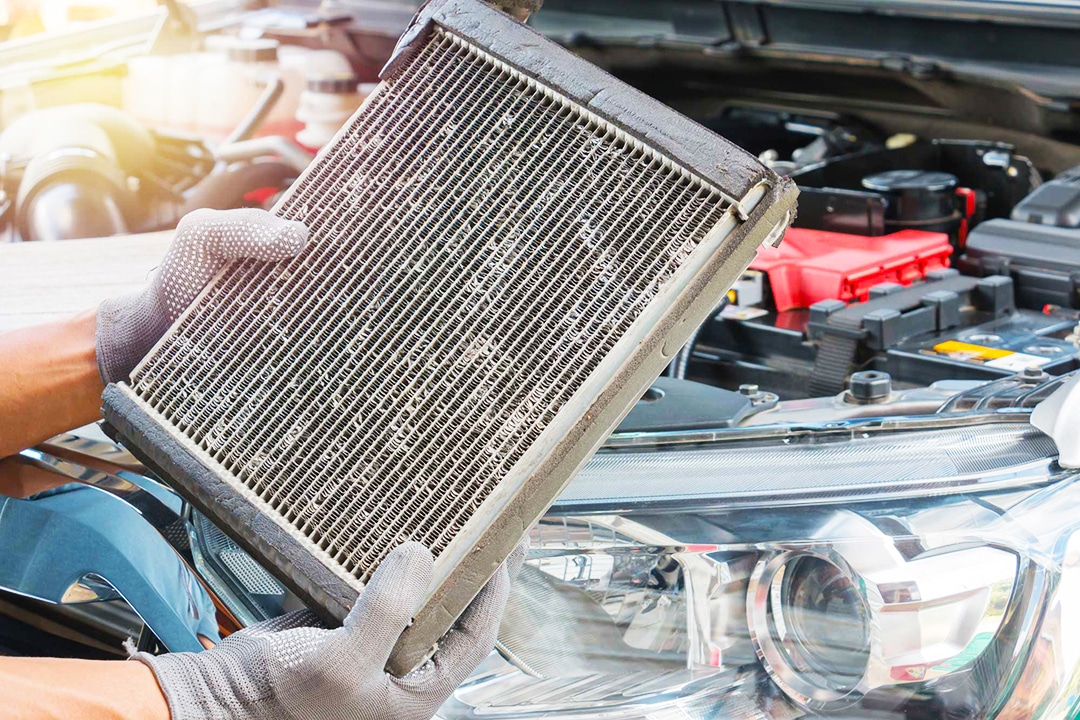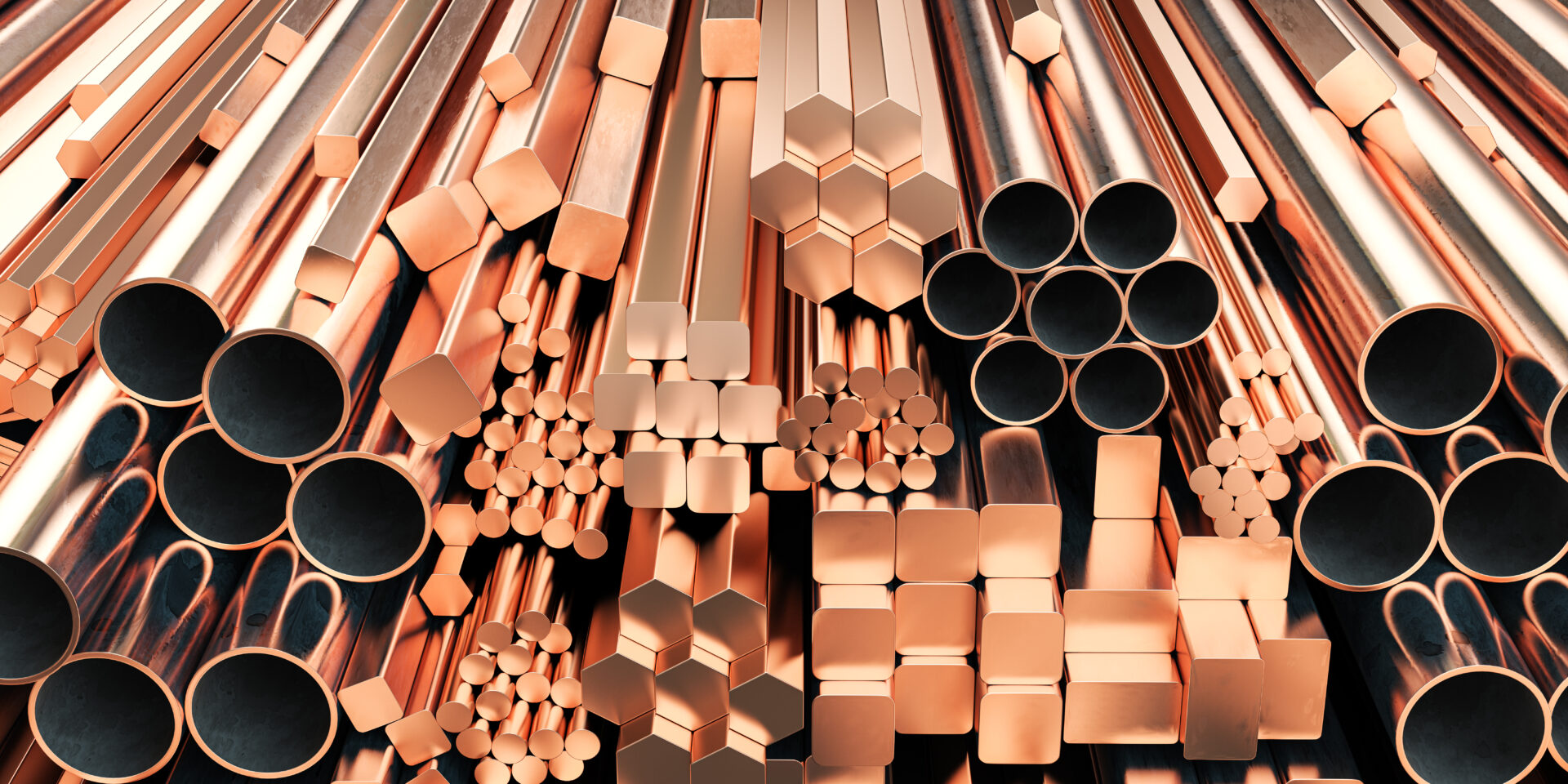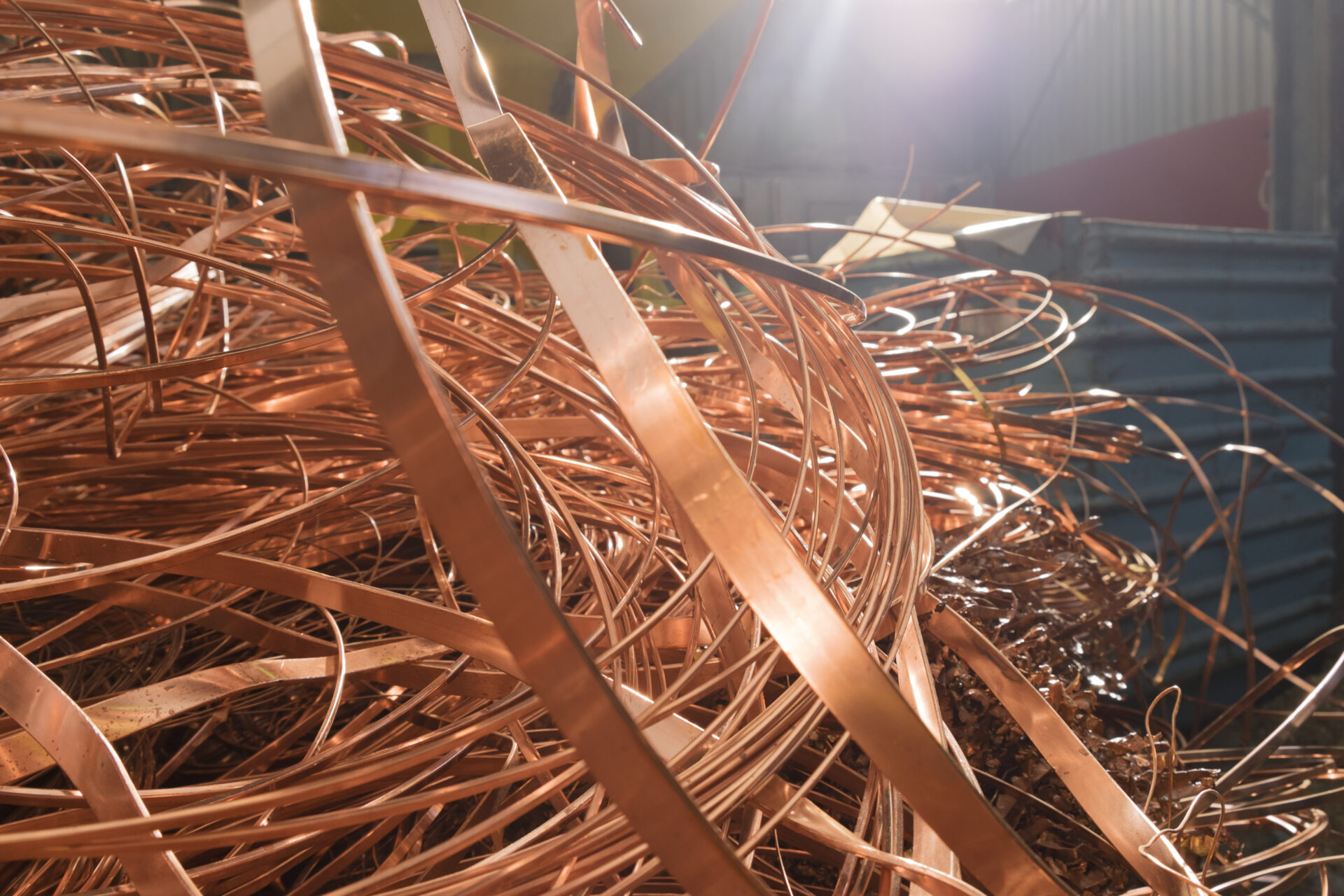
The benefits of recycling steel range from the economic to the environmental; we all have something to gain from metals recycling.
There’s nothing really complicated about recycling steel, it’s more of a process of where to find it, and how to sort through the mess. If you’re ready to turn your scrap in, give GLE Scrap Metal a call.
Table of Contents
Where to Find Steel
Why Should I Recycle Steel?
How to Recycle Steel
Collecting Your Steel Scrap
Sorting Your Steel
Delivering Your Steel Recycling
Can All Steel Be Recycled?
Even rusty metal can be recycled; don’t be afraid to turn in your old iron and steel scrap! While it does have the name ‘stainless’ steel, even that can eventually rust.

It’s entirely possible to recycle stainless steel; that includes alloys and carbon steel. An alloy is when you combine the structure of multiple metals for different purposes, like making it harder to bend or to withstand higher temperatures. Carbon steel is the same. It’s usually used to smaller, thinner metal items from snapping under pressure.
Where to Find Steel
Steel is one of the most recycled metals, along with aluminum. We have steel all around us in dozens of everyday items:
- Locks and padlocks
- Fire poker
- Tongs (grill tongs, fireplace tongs)
- Hammers
- Wrenches
- Ratchets
- Metal files (used in shaping other metal items)
- Metal Chains
- Chain link fencing
- Metal cookware like pots and pans
- Horseshoes
- Thimbles
- Steel Cable (usually for support)
- Steel Wire
- Handrails (sometimes made from aluminum)
- Rebar (usually found during demolition)
- Car and truck parts
- Outdoor box fans
- Kitchen sinks (sometimes produced from aluminum)
- Door hinges
- Safes (for things like guns and valuable)
- Dolly Cart (For moving heavy objects)
Steel is a hardy metal, excellent for situations where we deal with significant heat or for protecting things and holding them together. Because of that, we tend to find them more in businesses and contractor services. But no matter where we find them, over time, these steel items and equipment can rust and break, and eventually, we have to throw them out.
Rather than tossing it in the trash, it’s better to recycle your old steel.
Why Should I Recycle Steel?
Steel is remarkably recyclable– on average, about 80% of all steel is recycled year over year.
Not only is it recyclable, but it is also extremely efficient. Recycling still gives you around 73% of the energy needed to produce it from new raw materials. Mining and producing new metals have huge carbon footprints.
By contributing to steel recycling, you help overcome pollution in 3 key ways.
- Recycling steel reduces carbon dioxide emissions from mining and the fabrication of new steel.
- The less steel mining there is, the less leaching causes the soil to become acidic, prevent plant growth
- When steel isn’t sent to a garbage dump, the less high concentrations of metals like chromium and nickel are absorbed into the local groundwater. Heavy-metal groundwater pollution increases the chance of potentially killing off freshwater fish and small game.
Beyond helping the environment, recycling steel helps keep the price of steel goods down, as its often cheaper for steel production companies to buy recycled steel instead of starting new mining operations.
The more expensive steel goods are to produce, the more expensive it is to buy.
How to Recycle Steel
There are just three steps for steel recycling: Collection, Sorting, and Delivery.

Collecting Your Steel Scrap
When gathering up your scrap steel and old steel items, make sure to wear work gloves. Leather or similar materials are usually best for these. Still, plastic or latex-based gardening gloves can work in a pinch. Gloves protect your hands from a scratch, scrape, or cut, especially if your steel is rusty.
Sorting Your Steel
To make sure your steel items aren’t chrome or aluminum, get a magnet and two bins or containers to sort your metal. You can pass over the metal with your magnet to see if sticks. If so, it’s a ferrous metal! That means its either iron or steel scrap, so go ahead and place it into your ‘steel’ bin.
If not, place it into your ‘other’ bin. Do this until you’ve sorted all of your scrap metal.
Delivering Your Steel Recycling
Load up your scrap steel and find your nearest GLE Scrap Metal recycling center. You can find our locations by visiting our website or give us a call at 855-SCRAP-88. For contractor businesses that deal with scrap all the time, like Construction, Demolition, Plumbers, and Electricians, GLE Scrap Metal can pick up large scrap orders off the lot.



